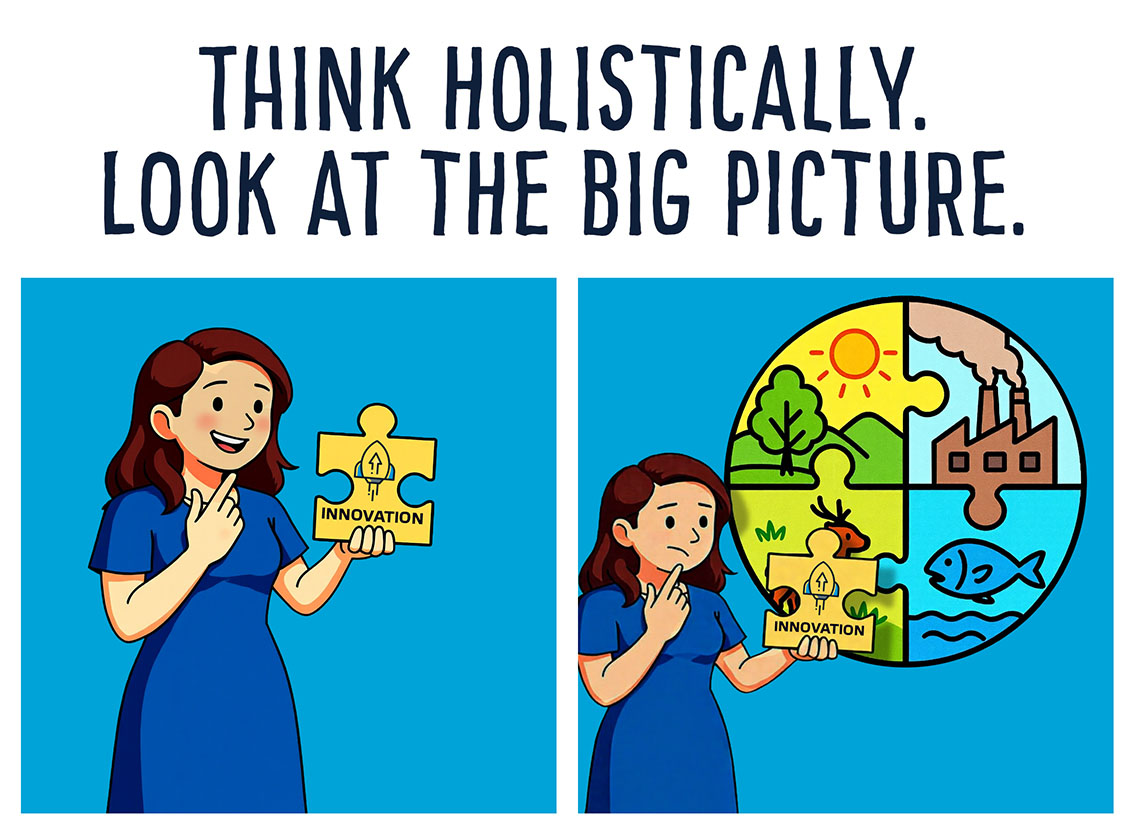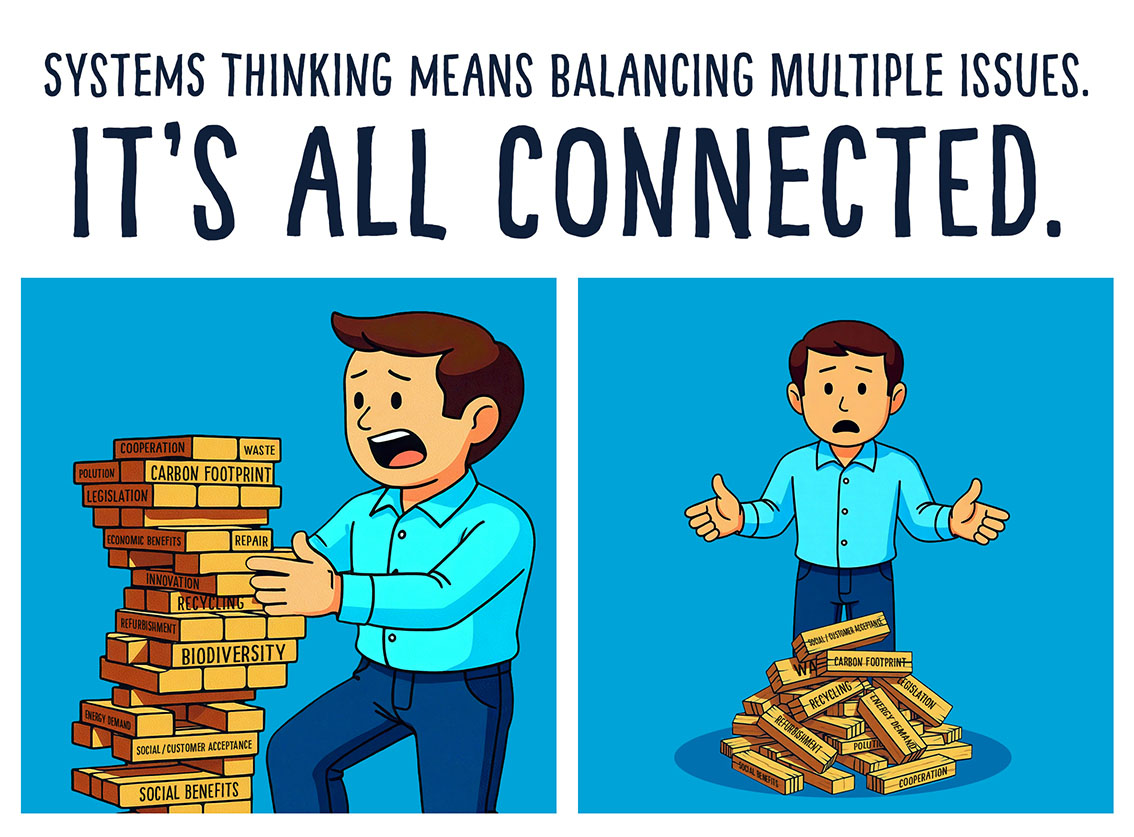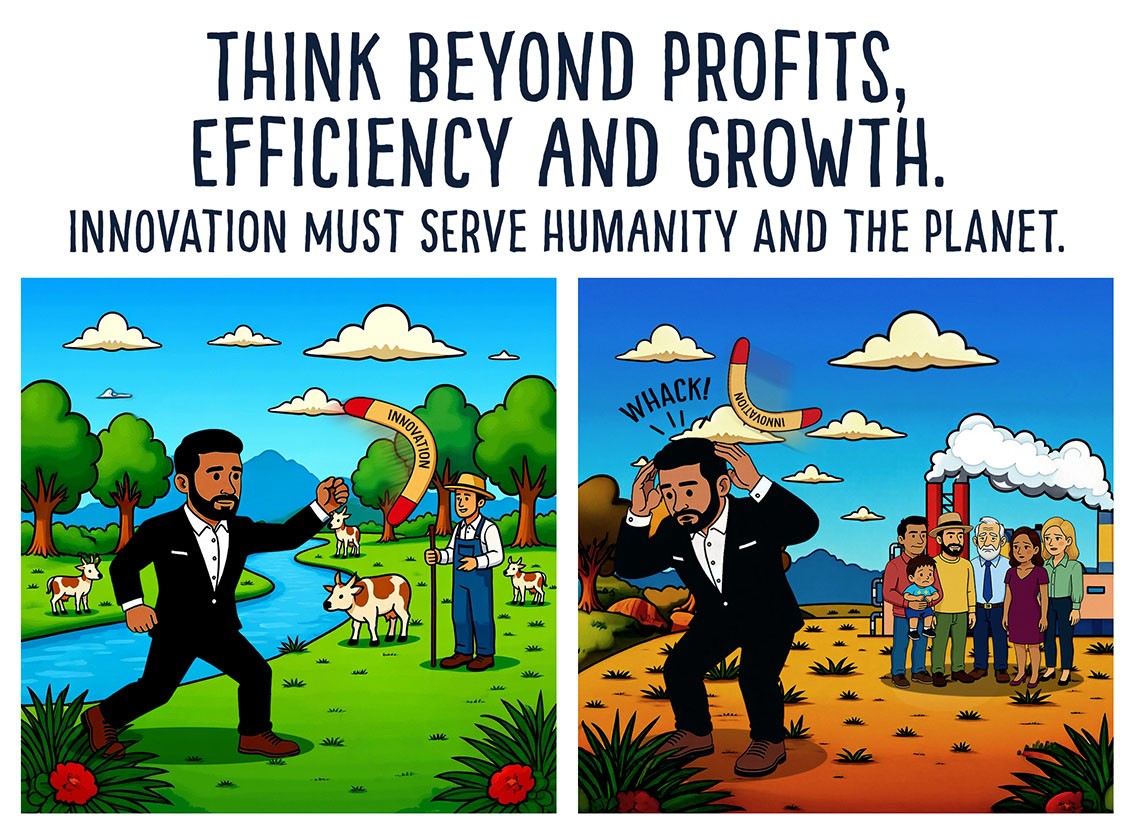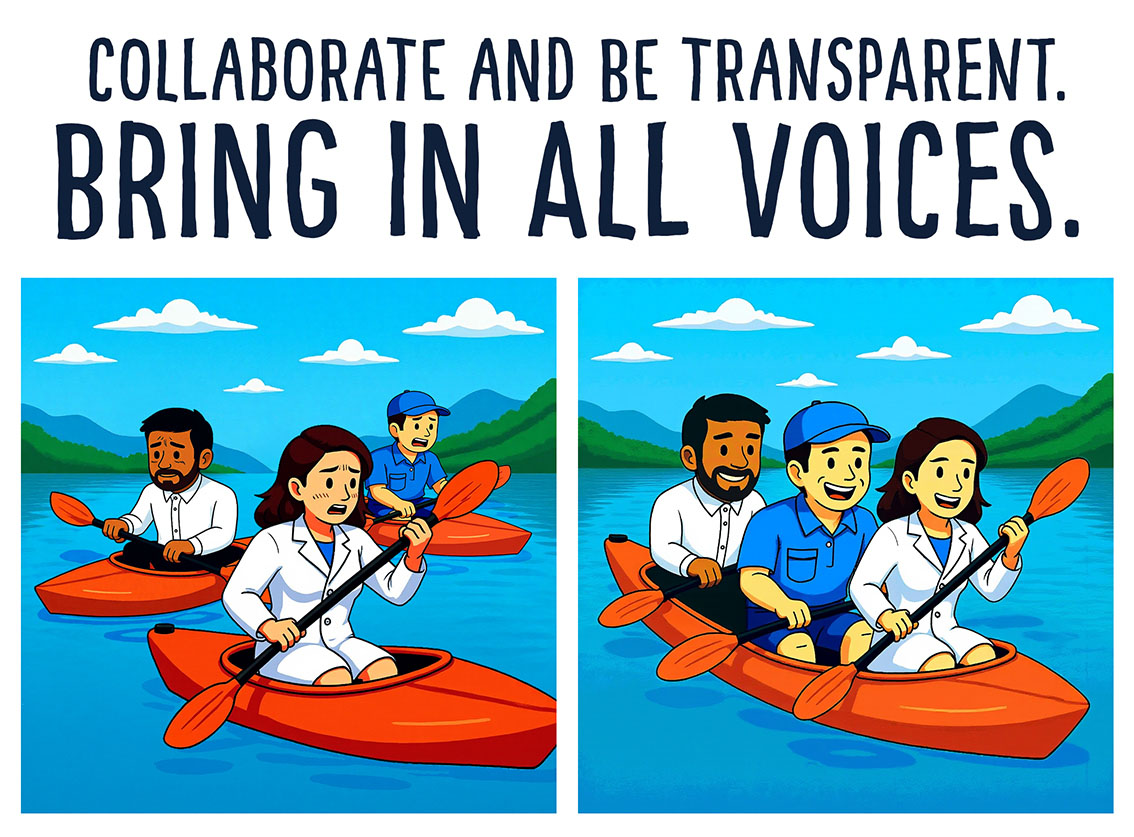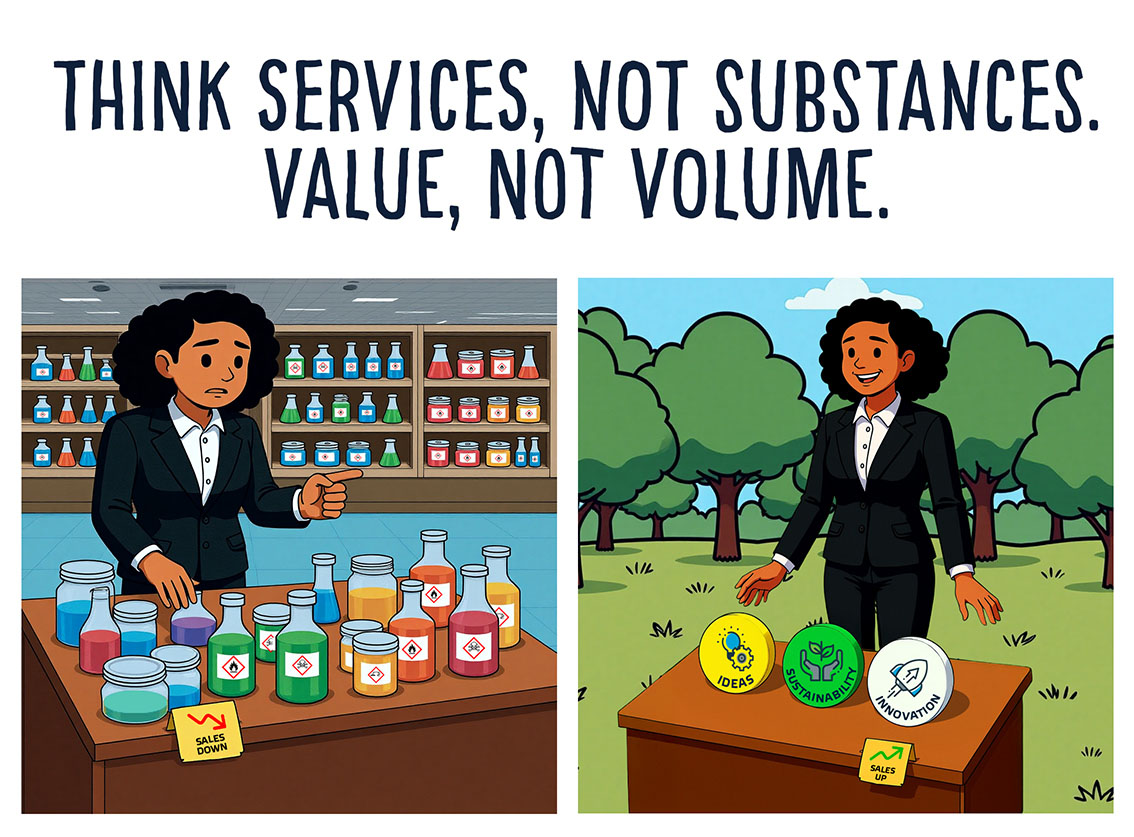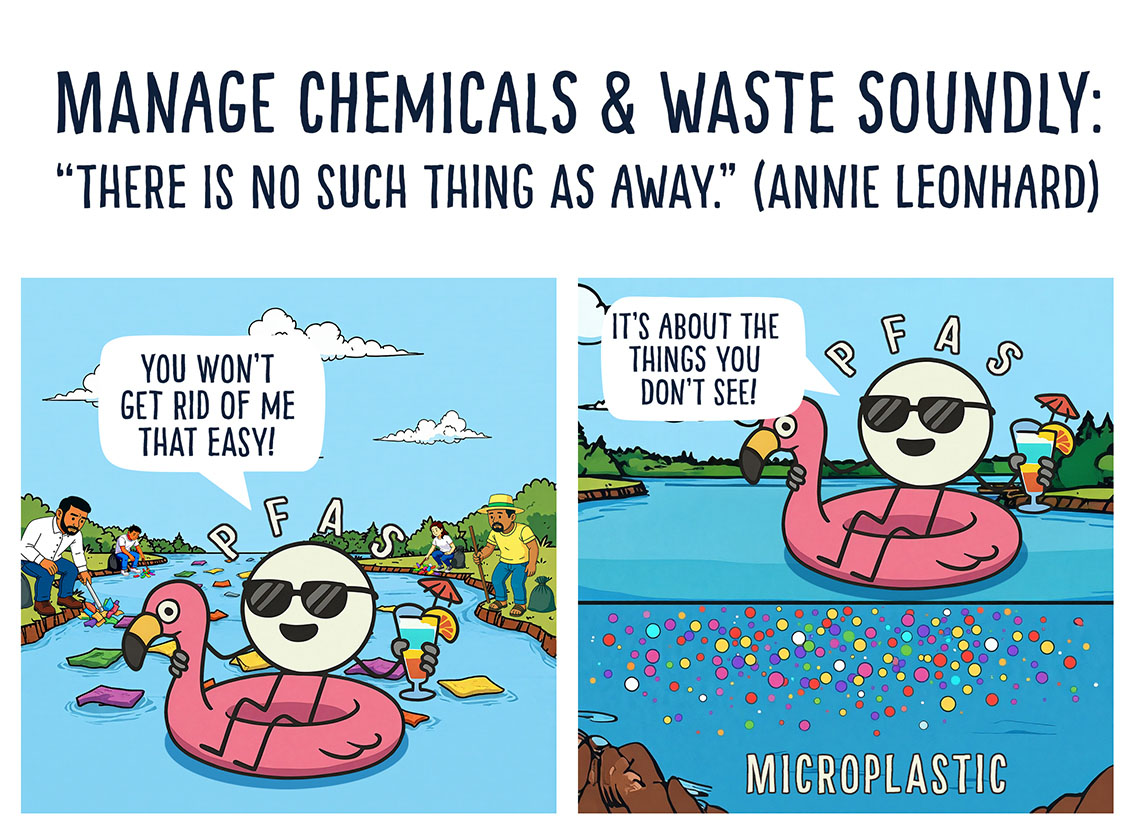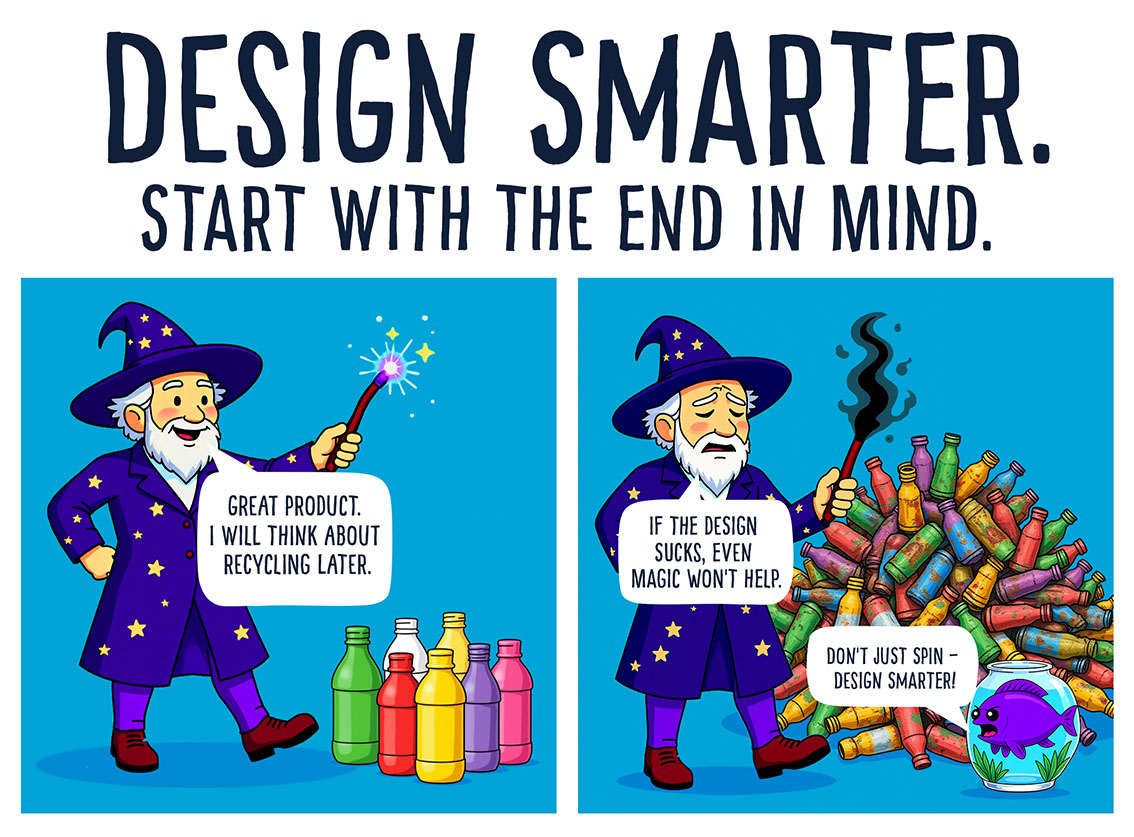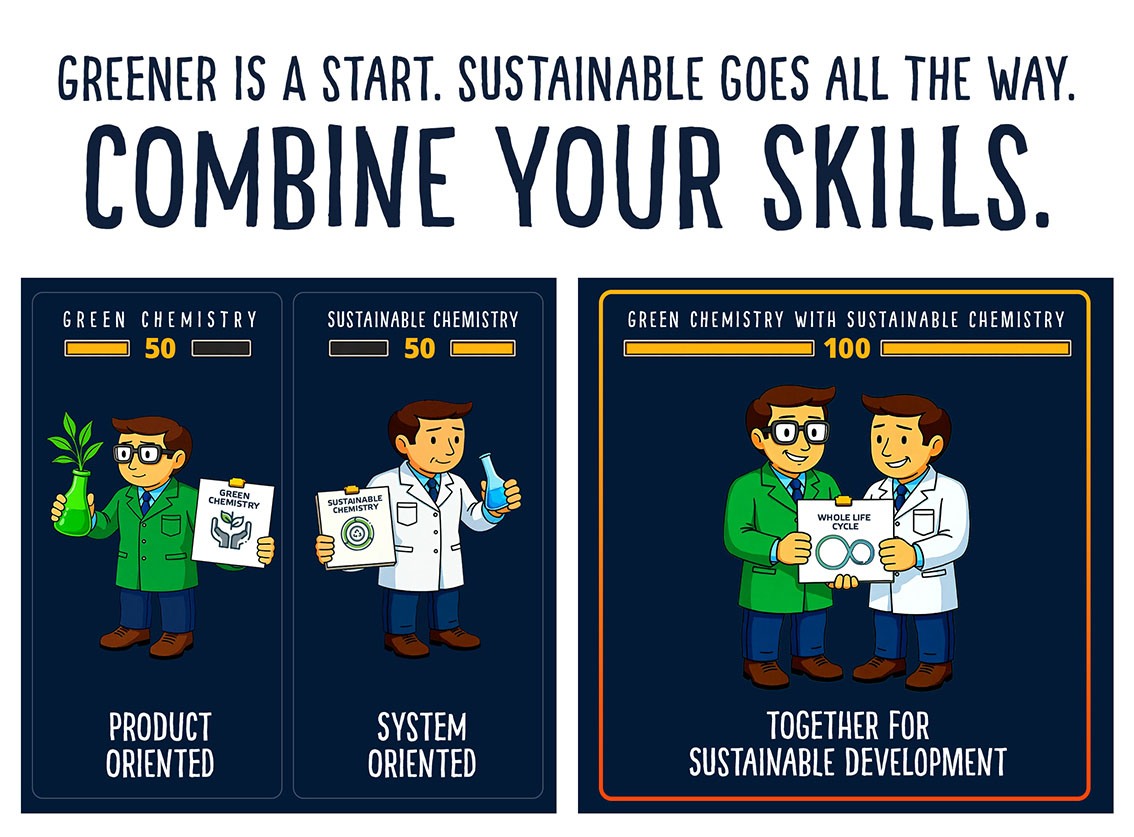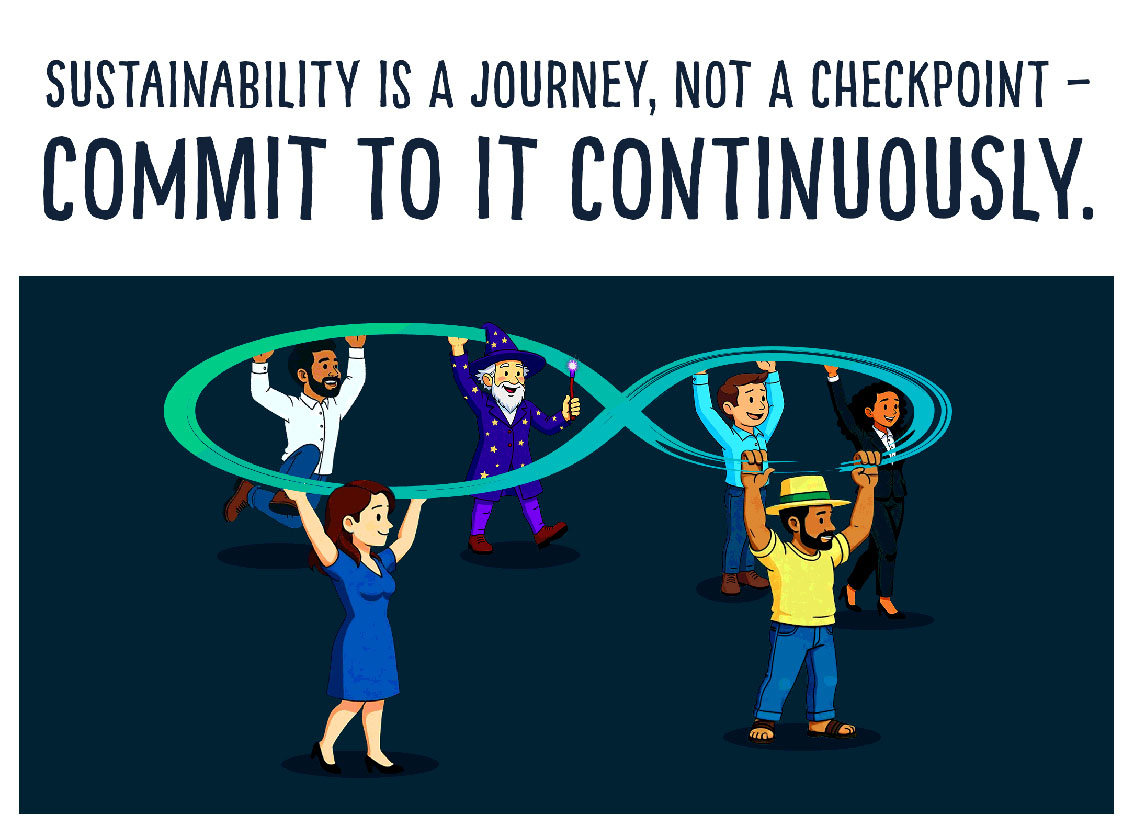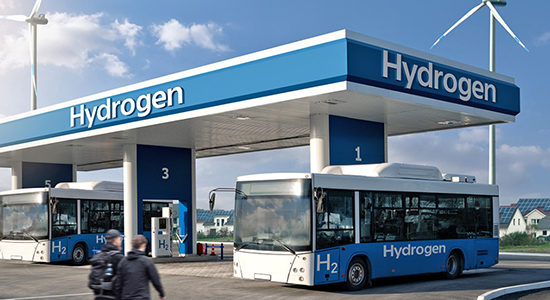Sustainable Chemistry – where change begins
Sustainable Chemistry goes beyond the full life cycle of products (development, manufacturing, use, repair, reuse and recycling), by including system thinking throughout (e.g. replace specific chemical function by service, new design or both). This ensures that processes contribute not only to an increase in economic efficiency but also to a reduction of negative impacts on the environment and human health, while at the same time improving social responsibility through sustainable development and innovation.
The ongoing international debate on Sustainable Chemistry shows that the expectations towards Sustainable Chemistry differ between the stakeholder groups. As an international collaborative centre, the ISC3 has therefore initiated a dialogue process to develop a common understanding. This dialogue process led to the development of the “10 Key Characteristics of Sustainable Chemistry” to help reach the 17 United Nations` (UN) Sustainable Development Goals (SDGs) set out to ensure a sustainable future of our planet.
More in-depth information on our understanding of Sustainable Chemistry, its key characteristics and how it differs from Green Chemistry can be found in our paper "Sustainable Chemistry - Towards a Common Understanding: Key Characteristics of Sustainable Chemistry".


